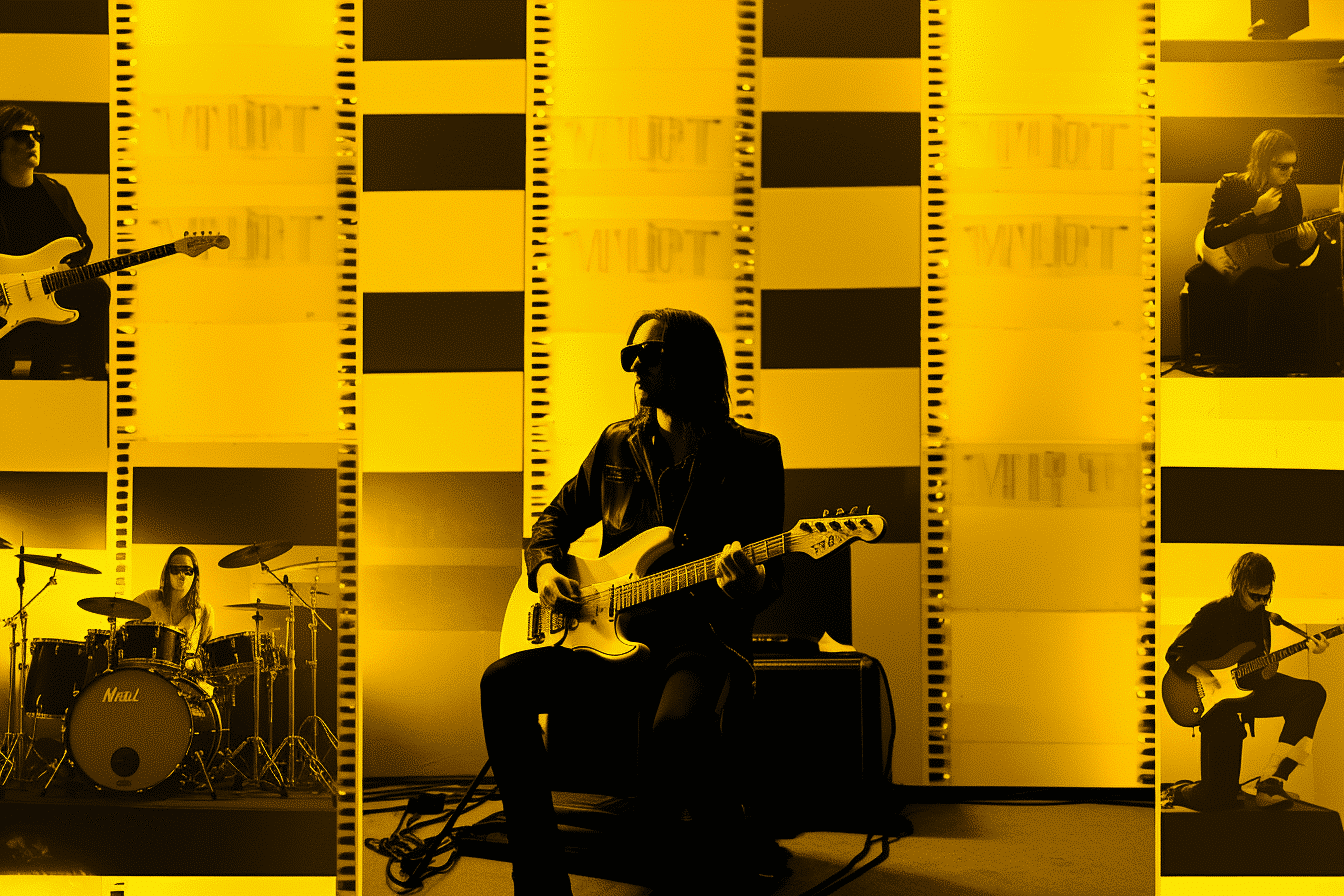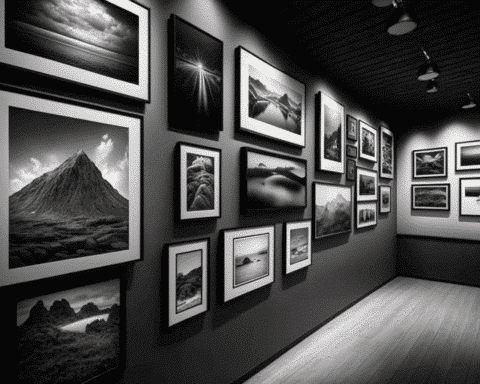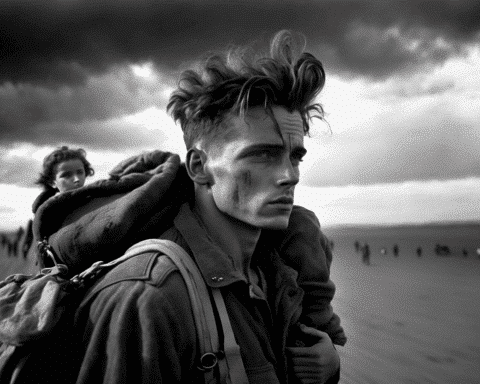In the fading light of the Badlands, photographer Amy Fleisher Madden captures a moment that epitomizes emo music’s raw and tumultuous era. It’s 1999, and she’s touring with Saves the Day, a burgeoning band whose music will soon define a generation. Emo music, a softer offshoot of hardcore punk characterized by its confessional lyrics and emotional rawness, was blossoming from suburban garages and all-ages venues into a significant cultural movement. Madden’s journey, detailed in her book “Negatives: A Photographic Archive of Emo (1996-2006),” is more than a collection of images; it’s a deep dive into the soul of a genre that resonated with the angst and alienation of youth.
The Pulse of Emo in Pictures
Madden’s work is an intimate chronicle of the emo scene, capturing the staged performances and the spontaneous, candid moments that truly define the genre’s ethos. Her favourite shot, a candid of Bryan Newman from Saves the Day, encapsulates this perfectly. “It was like, ‘This is as much a part of the story as the guy on stage,'” Madden explains. Her book, rich with imagery of chaos and raw emotion, reflects the core of emo culture. In this space, the mundane intertwines with the extraordinary, from greenroom jokes to the exhaustion of life on the road.
Emo’s Evolution Through Madden’s Lens
Madden, a key figure in the emo scene, traces its evolution from its roots in the D.C. hardcore scene of the ’80s to its explosion into the mainstream. Her book showcases a range of bands, from iconic bands like Death Cab For Cutie and Jimmy Eat World to lesser-known but equally influential acts. Her involvement evolved from being a fan during emo’s second wave, which saw bands like Bright Eyes and Sunny Day Real Estate, to actively participating in the third wave, documenting groups like Paramore and My Chemical Romance. Her approach to classifying bands is detailed and thoughtful, considering factors from band member age to fashion choices.
Emo’s Ongoing Legacy
As Madden notes, the third wave of emo saw the birth of subgenres like pop-punk and screamo, each carrying the emotional rawness emblematic of emo. Despite criticism of its commercialization, emo remains a vital part of youth culture, resonating with new generations through digital platforms and festivals. Emo Nite founder Morgan Freed highlights this continuity, emphasizing emo’s enduring appeal to teenagers navigating the complexities of growing up.
“Negatives” is more than a book; it’s a testament to a vibrant cultural movement, a diary of Madden’s experiences, and a guide for new generations discovering emo. It’s a celebration of a scene that refuses to be gatekept, a homage to the unapologetic expression of teenage emotions. As Madden reflects on her interactions with fans, it becomes clear that her work is not just a compilation of images but a roadmap to understanding a pivotal era in music history. In all its chaotic and heartfelt glory, Emo continues to be a guiding light for those who find solace in its embrace.




